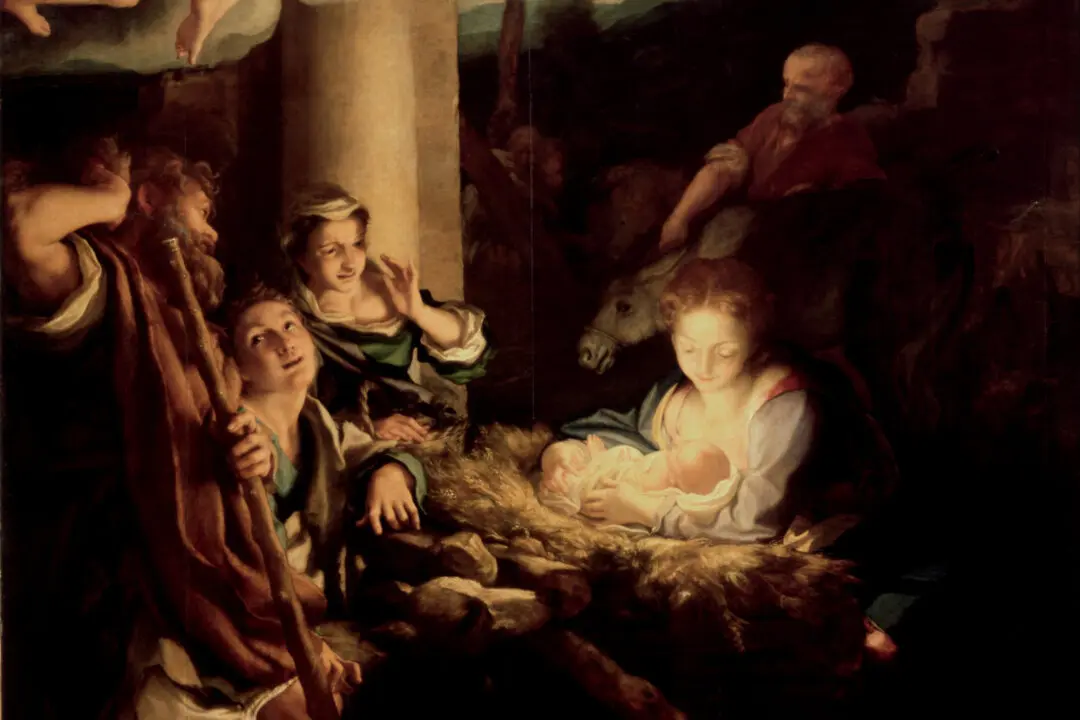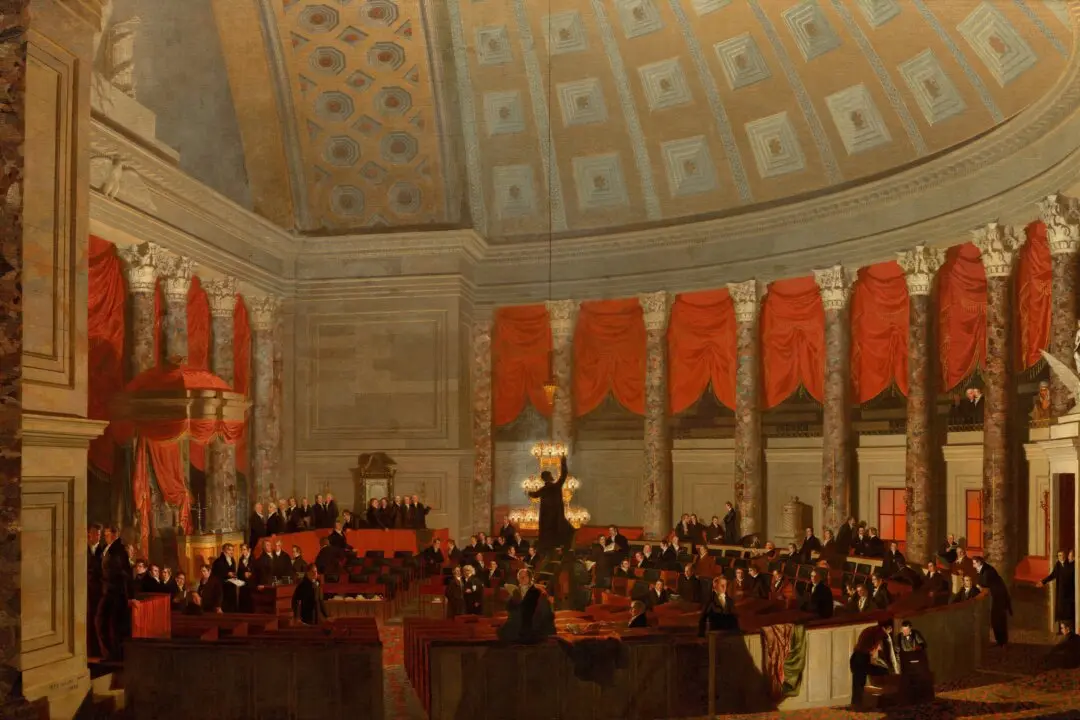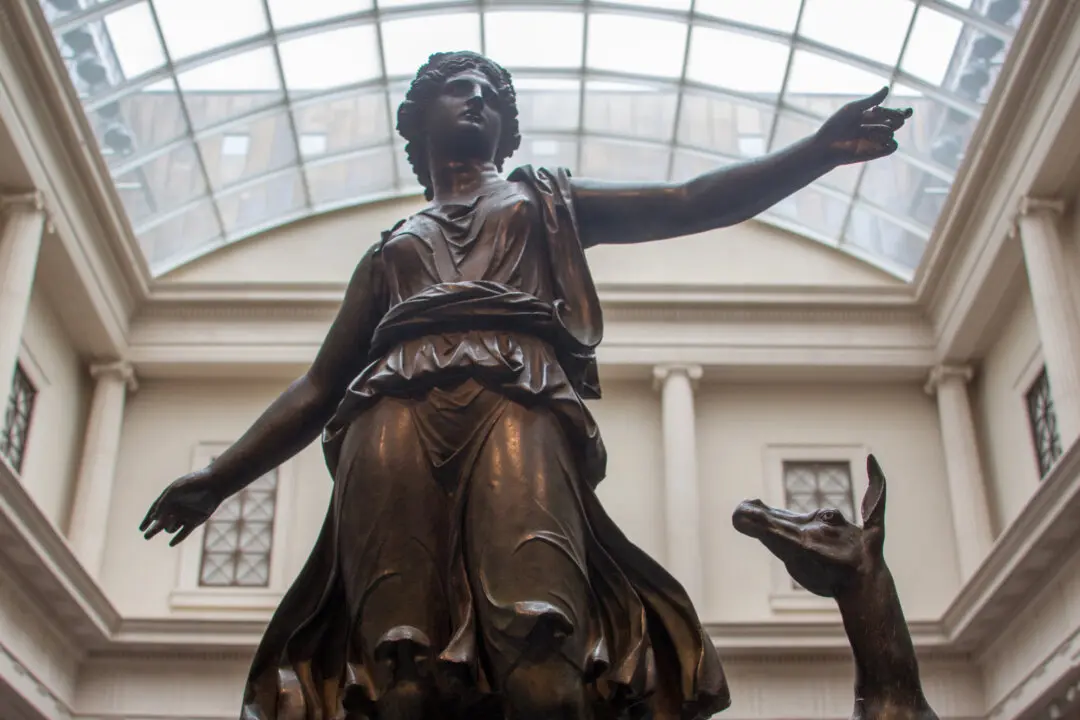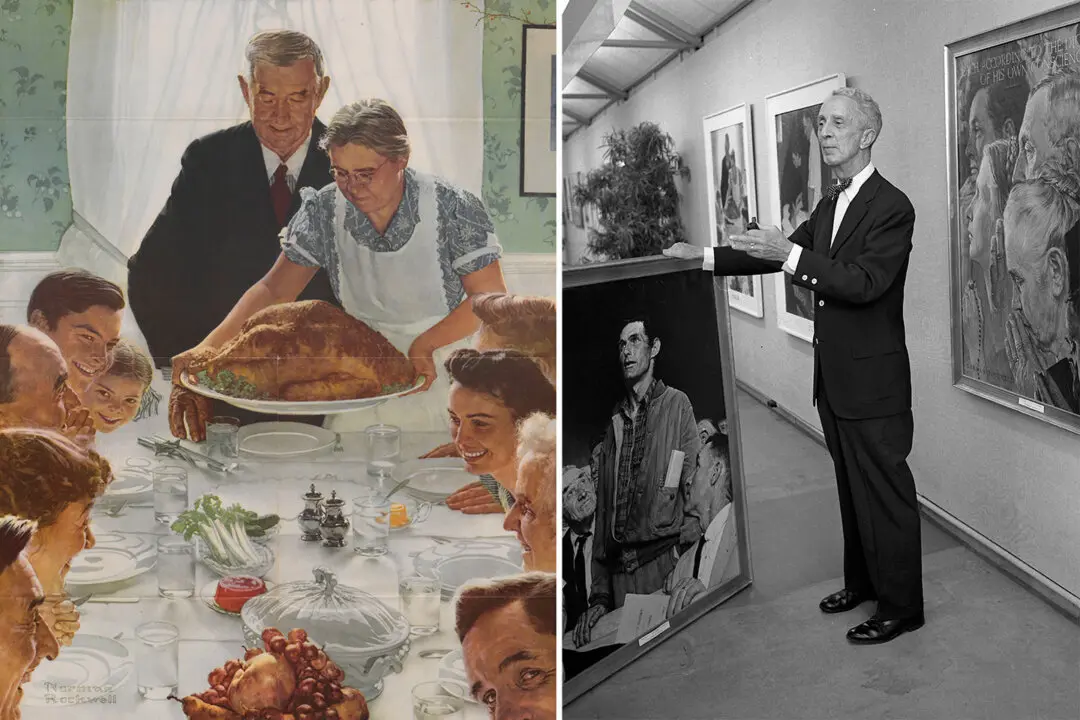Self-portraits are amongst the most revealing, insightful, and intimate works that an artist can create. The essential element for rendering such a painting is a mirror. While mirrors have been used since antiquity, it was not until the Renaissance that better quality and less expensive versions became more mainstream. This development paralleled growing artistic experimentation with self-portraiture. Artists explored featuring themselves as figures in group history and religious pictures, including Raphael’s insertion of his face in “School of Athens,” as well as solo poses, such as Rembrandt’s self-portraits in diverse media that altogether number nearly 100 works.
In the 16th, 17th, and 18th centuries, working woman painters were scarce, much less ones that achieved success. Sofonisba Anguissola, Judith Leyster, Adélaïde Labille-Guiard all painted multiple self-portraits, including versions that highlight their profession.





